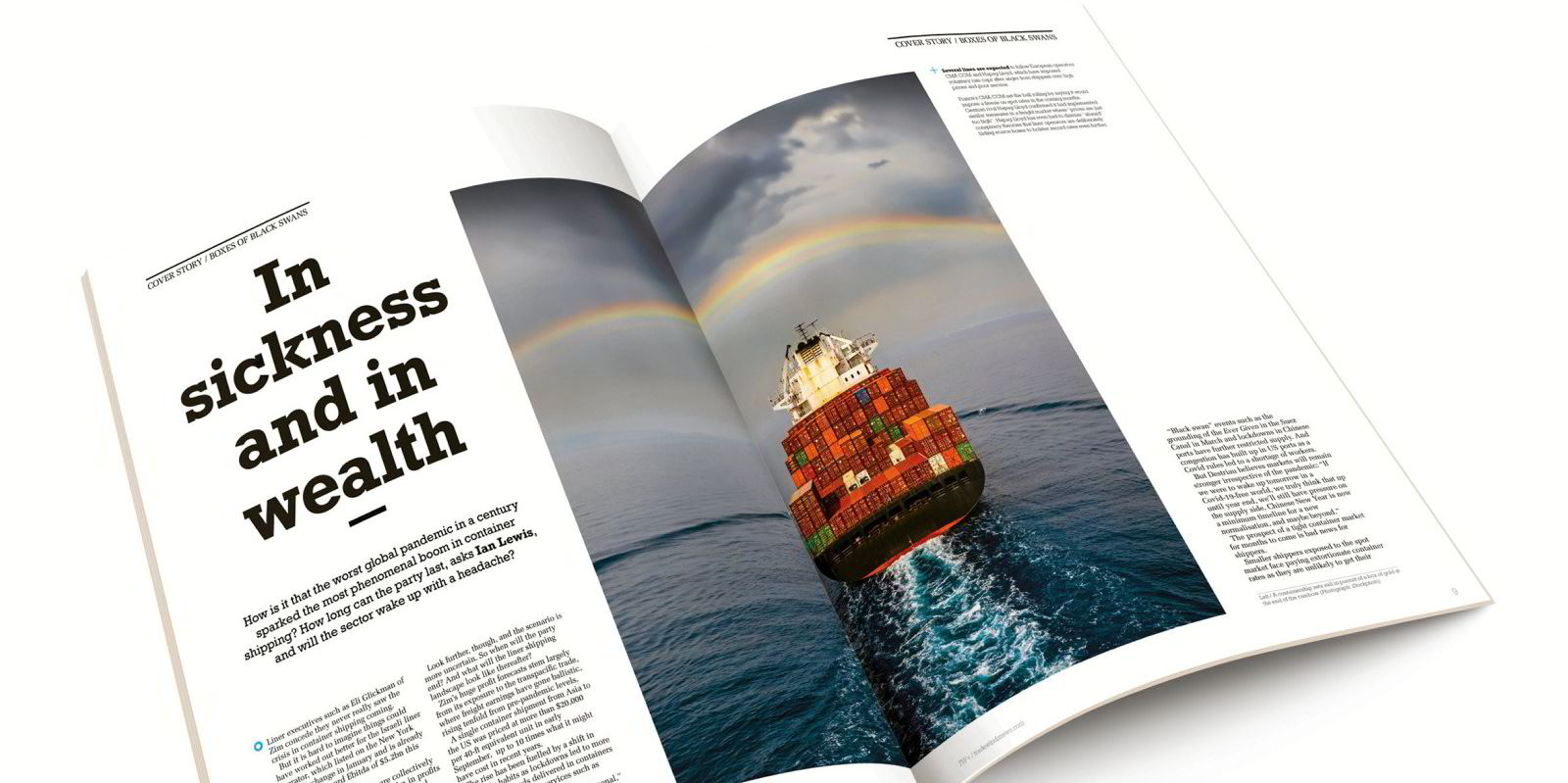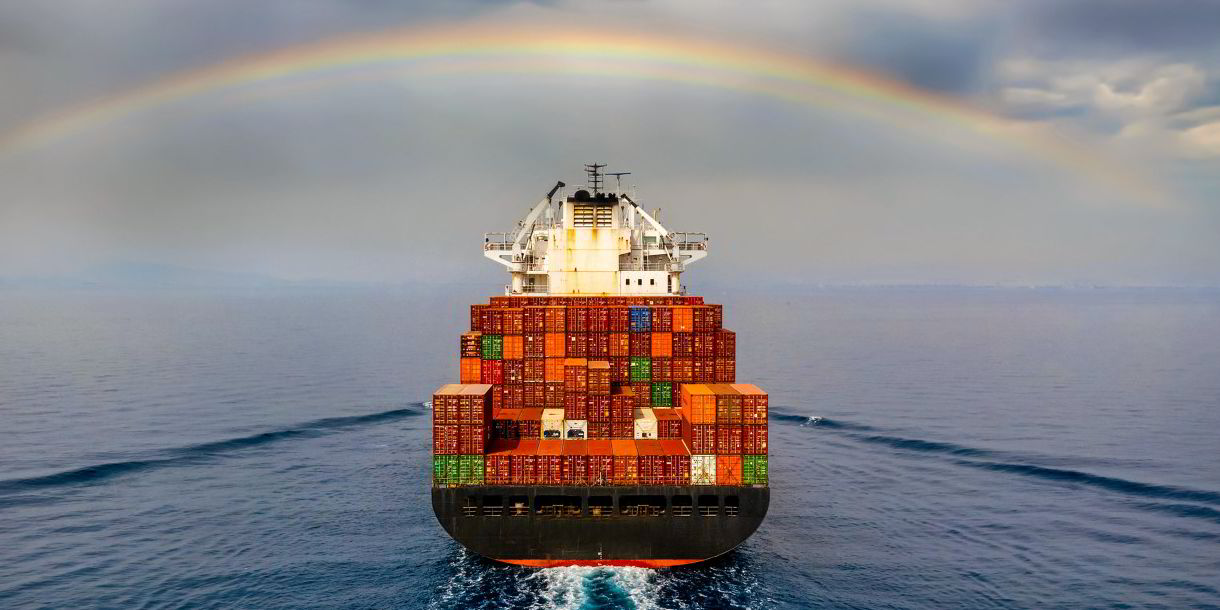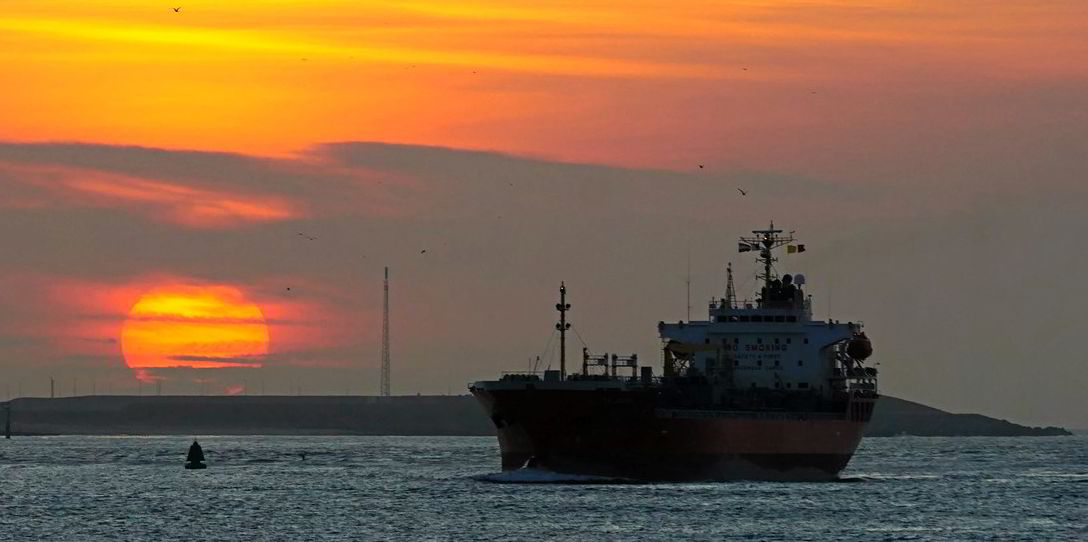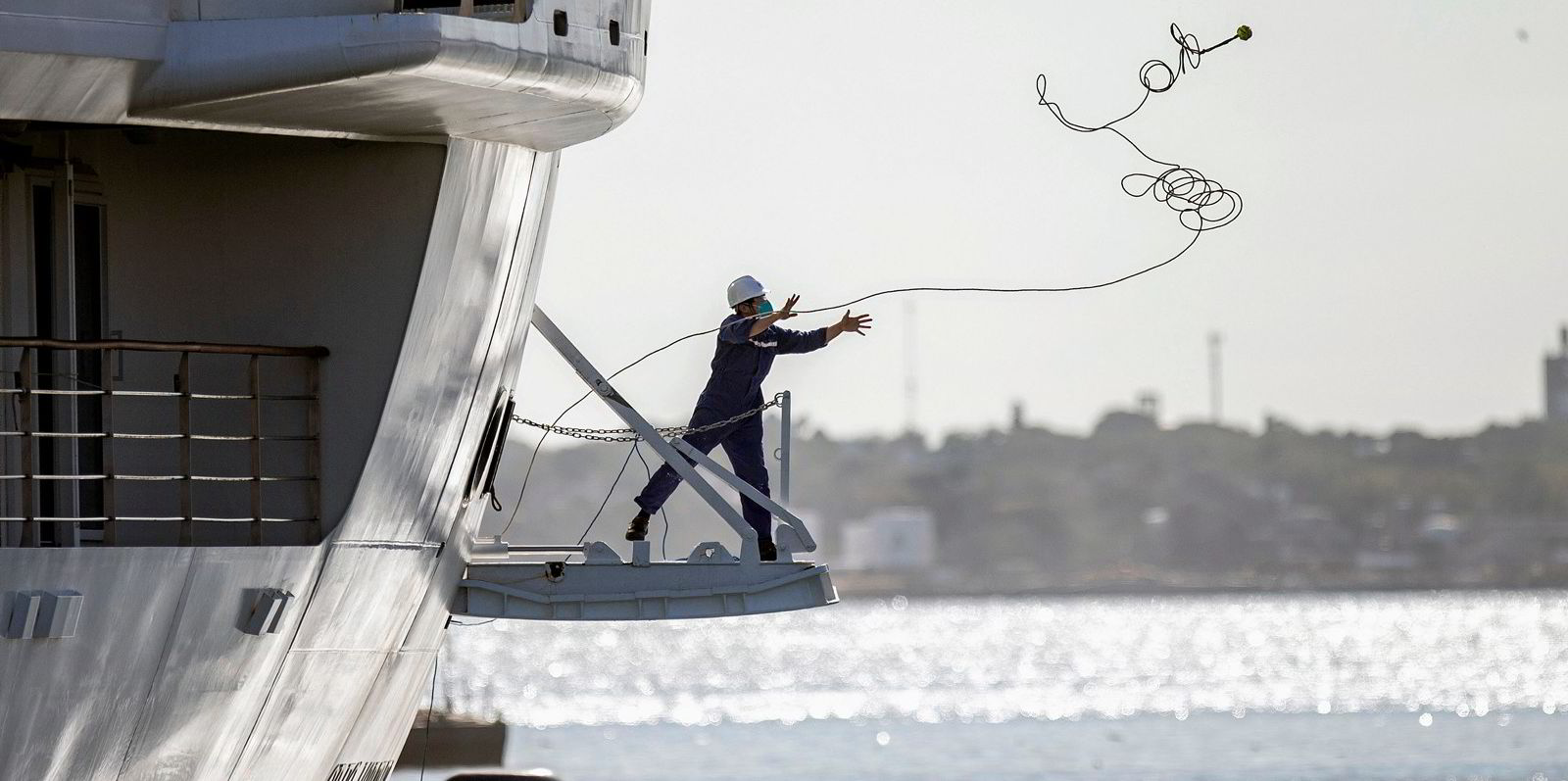The Covid-19 pandemic has been one of the greatest shocks to the modern world, disrupting people’s lives, the way societies and economies operate and how trade is done.
Shipping markets have been thrown into turmoil and are struggling to operate properly, even where they have benefited in the bulk and container sectors.
This edition of the TradeWinds magazine, TW+, unpicks not just the changes that have occurred over the past 20 months, but investigates how shipping is still being reshaped, and tries to find out what the permanent effects may be.
Container shipping is the standout sector, making a screeching handbrake turn from dismal prospects at the outset of the pandemic to an earnings bonanza. Container freight and boxship charter rates have gone through the roof as people around the world found themselves locked down, unable to spend on services and socialising, and instead bought more.
Much of the Western world went from panic over shortages to mass online buying, while economies have also emerged from a hiatus with growth surges.
Port congestion and lack of shipping capacity and crews and dock staff hindered by infection rates and lockdown rulings have in places turned trade full circle back to the threat of empty supermarket shelves.
Through it all, governments reliant on world trade have recognised seafarers as key workers but failed to act on their words.
They have done far too little to alleviate the crewing crisis. Seafarers have too often been unable to leave or join vessels for lengthy periods, causing untold physical and mental harm and potentially stacking up a future crew shortage.
The lack of truck drivers in the UK, driven mainly by its exit from the European Union making it uneconomic or unappealing for them to come to Britain, has led to the country just about running out of petrol at the pumps.
An inability to deliver could be an issue the global supply chain will have to face as a result of the crewing crisis.
And while such factors spurred the boom for container and bulk shipping, that boom has in turn spurred complaints about excessive costs and poor delivery standards. Some shippers may be oblivious to the fact that for too long they have not heeded the importance of transport or how much they have been underpaying for it, but this is coming home to roost.
Governments may try to regulate to ensure greater competition or guaranteed shipping for certain commodities, but if the world really does build back green, shipping is going to be disrupted further by the need to decarbonise, and fuel prices will rise along with the cost of propulsion systems.
Hope has been expressed that the world has shown it can react to an unprecedented crisis, with governments spending their way out of immediate difficulties.
Ignoring the problems that may arise from stacking up debt that has to be paid off in the long term, many observers claim this proves the effort to decarbonise can be achieved.
But global cooperation on vaccination has been noticeably poorer in reality than in theory. And that may not bode well for the need to build back cleaner and greener.
Shipping’s more immediate matters tackled in this issue of TW+ include what will happen when the boxship capacity ordered during this boom hits the water and port congestion starts to clear. Is this a new pricing paradigm for container shipping, or will it slump back?
Is dry bulk shipping on the verge of a new super-cycle for commodities, or will it evaporate? And what happens to tankers if the world looks to use less oil — do they have a future shipping alternative fuels?
Can cruise shipping, a previously cash-rich industry, recover from its oceans of debt because of huge pent-up demand?
And are remote operations and the onward march of digitalisation here to stay, or will a traditionally people-centred industry want to work and play together again? Shipping’s viral strain is not over yet.








